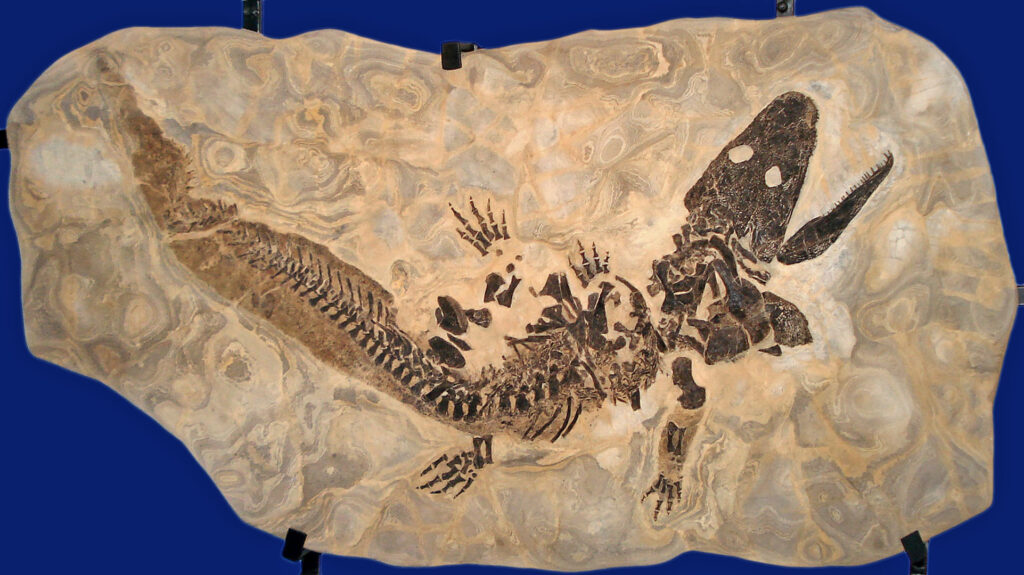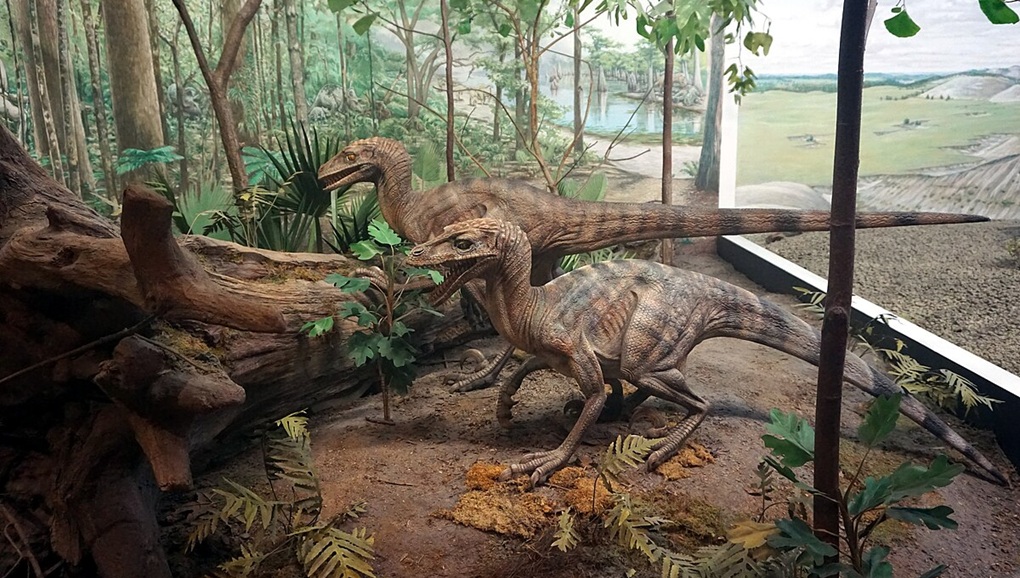The world of dinosaurs continues to fascinate scientists and enthusiasts alike, even millions of years after these magnificent creatures roamed the Earth. While we often imagine dinosaurs tearing into flesh or grazing on prehistoric plants, one question remains particularly intriguing: did any dinosaurs actually consume the bones of other dinosaurs? This seemingly straightforward question opens up a fascinating window into dinosaur behavior, feeding strategies, and the complex ecological relationships that existed in the Mesozoic Era. Recent paleontological discoveries and advanced research techniques have provided surprising insights into this aspect of dinosaur diet and behavior, revealing that bone consumption was indeed part of some dinosaurs’ feeding repertoire.
The Scientific Evidence for Osteophagy in Dinosaurs
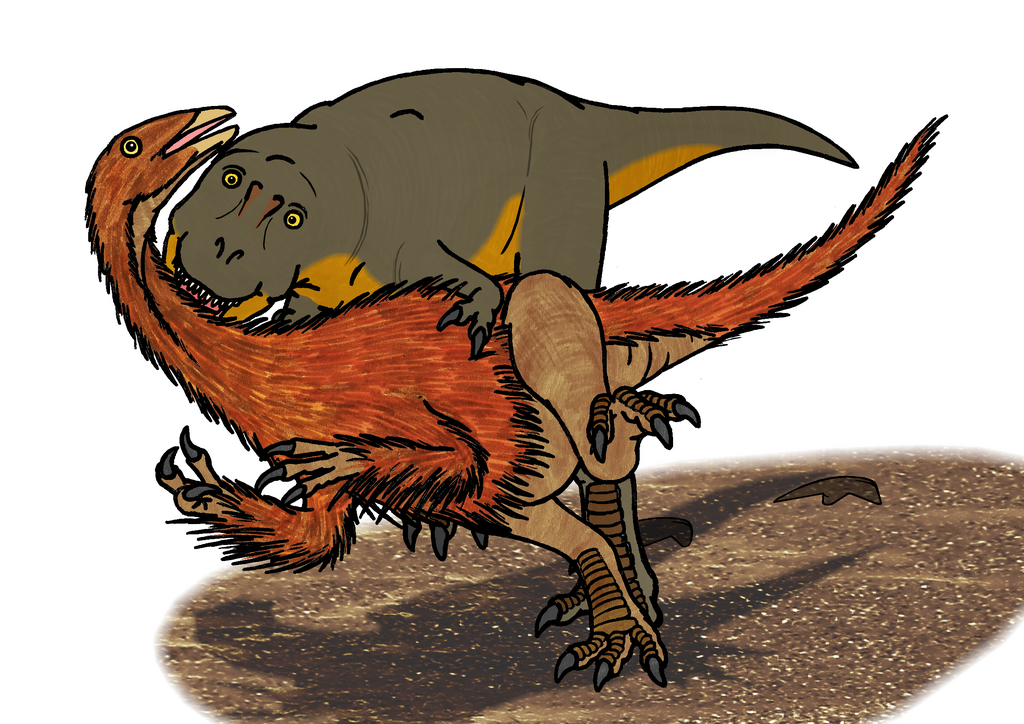
Osteophagy, the practice of consuming bones, has been documented in various dinosaur species through several lines of evidence. Paleontologists have discovered fossilized feces, known as coprolites, containing partially digested bone fragments that can be traced back to specific dinosaur species. Additionally, tooth marks on fossilized bones provide direct evidence of bone-biting behavior, with distinctive patterns that can be matched to particular dinosaur dentition. Modern imaging techniques like CT scans have allowed scientists to examine these bite marks in unprecedented detail, revealing the force and mechanics behind these feeding behaviors. Perhaps most tellingly, some dinosaur fossils have been found with bone fragments from other dinosaurs preserved in their stomach area, providing a direct window into their last meals.
Tyrannosaurus Rex: The Bone-Crushing King

Among the most famous bone-consumers was Tyrannosaurus rex, whose feeding habits have been extensively studied by paleontologists. T. rex possessed specialized teeth and incredibly powerful jaws capable of exerting forces of up to 35,000 newtons, more than enough to crush the bones of its prey. Coprolite analysis has revealed that T. rex regularly consumed and processed bones, extracting valuable nutrients that other predators couldn’t access. The dinosaur’s digestive system appears to have been specially adapted to break down bone material, with highly acidic stomach conditions that could dissolve calcified tissues. This bone-crushing ability gave T. rex a significant advantage in its ecosystem, allowing it to extract maximum nutritional value from each kill and potentially survive during periods when prey was scarce.
Nutritional Benefits of Bone Consumption
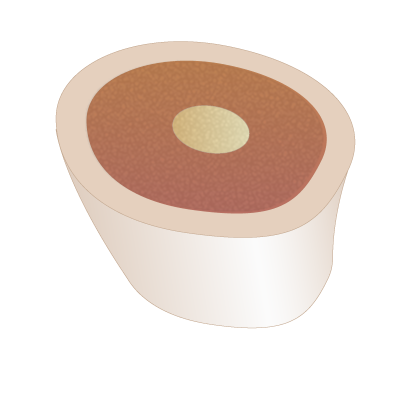
Eating bones provided dinosaurs with essential nutrients that weren’t available from meat alone, making it a valuable feeding strategy. Bone marrow is particularly rich in fat and calories, offering a concentrated energy source that would have been especially valuable for large, active predators. Bones themselves contain high levels of calcium and phosphorus, minerals critical for maintaining a dinosaur’s own skeletal structure and egg production. For female dinosaurs, bone consumption may have been particularly important during egg-laying periods when calcium demands were highest. Additionally, bone consumption allowed predatory dinosaurs to extract maximum nutrition from each kill, an important advantage in ecosystems where competition for resources could be fierce.
Specialized Dentition for Bone Processing

Dinosaurs that regularly consumed bones developed specialized teeth that facilitated this challenging feeding behavior. Some theropods, like Tyrannosaurus, had thick, conical teeth with reinforced roots that could withstand the tremendous forces involved in crushing bones. Others, like Allosaurus, had blade-like teeth with serrated edges perfect for slicing through meat but less suited to bone-crushing, suggesting they may have consumed bones differently or more selectively. Certain dinosaurs possessed heterodont dentition—different types of teeth in different parts of the jaw—allowing them to process various food materials, including bones, more efficiently. The wear patterns on fossilized dinosaur teeth provide valuable information about feeding habits, with bone-eating species showing distinctive abrasion patterns consistent with regular contact with hard materials.
Bone-Consuming Behavior in Different Dinosaur Groups
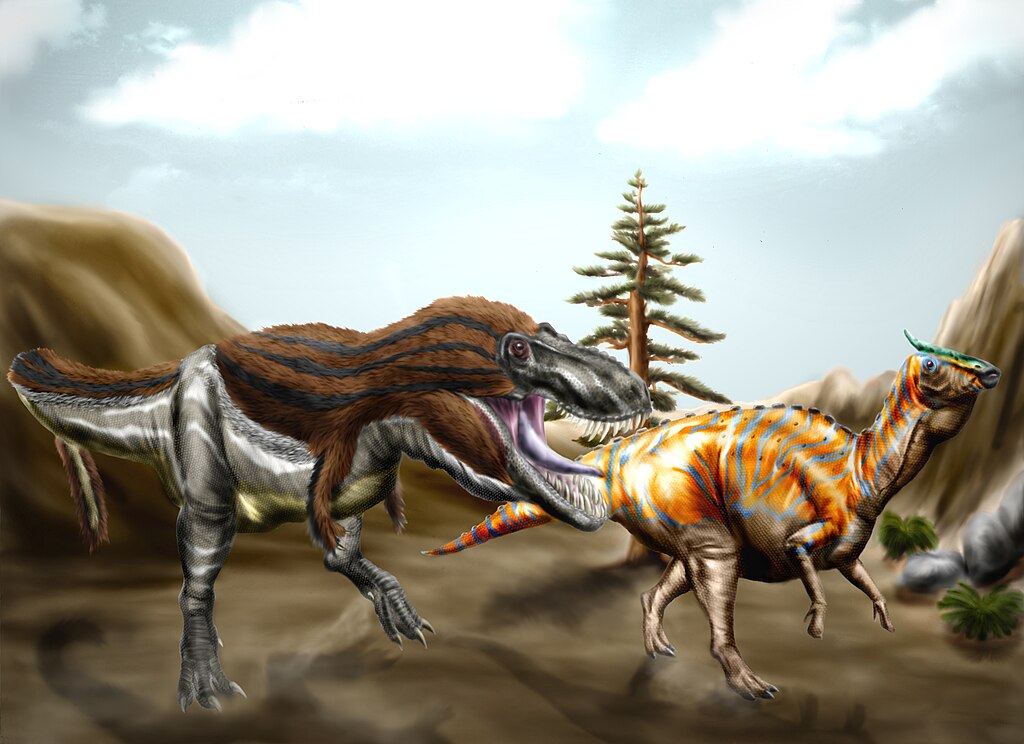
Bone consumption wasn’t limited to the largest predators but appeared across various dinosaur lineages with different approaches. Large theropods like Tyrannosaurus and Tarbosaurus were complete bone-crushers, capable of pulverizing and digesting substantial portions of their prey’s skeleton. Medium-sized predators such as Allosaurus may have practiced selective bone consumption, targeting specific nutrient-rich areas like joints or marrow-filled limb bones. Some smaller theropods likely engaged in scavenging behavior, accessing bones after larger predators had finished with kills. Interestingly, even certain ornithomimids (ostrich-like dinosaurs) show evidence of occasional bone consumption, suggesting dietary flexibility despite their primarily herbivorous lifestyle.
Modern Analogues: Bone-Eating Animals Today

Studying contemporary bone-consuming animals provides valuable insights into how dinosaurs might have processed and digested bones. Hyenas are perhaps the most famous modern bone-specialists, with jaws capable of crushing substantial bones and digestive systems adapted to extract nutrients from them. Vultures and other scavenging birds consume smaller bones whole and use their highly acidic stomach environments to break them down efficiently. Some reptiles, including certain species of monitor lizards, are known to consume entire prey items, bones included, which may parallel behaviors in their dinosaur relatives. The bearded vulture takes bone consumption to an extreme, with bones constituting up to 90% of its diet—a specialized niche that may have been occupied by certain dinosaur species as well.
The Evolution of Bone-Eating Adaptations
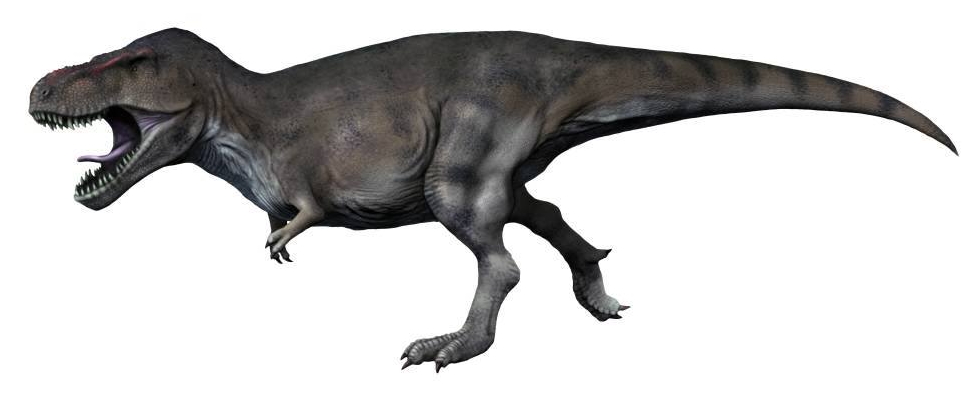
The ability to consume and process bones didn’t appear suddenly but evolved gradually in certain dinosaur lineages over millions of years. Early theropods showed limited bone-processing abilities, with more specialized adaptations appearing in later species as they exploited this nutritional niche. Fossil evidence suggests that bone consumption became more common in the Late Cretaceous period, possibly in response to changing ecosystems or increased competition. The tyrannosaurid family shows a clear evolutionary trajectory toward increasingly powerful jaws and robust teeth, culminating in the extreme bone-crushing abilities of Tyrannosaurus rex. These adaptations represent classic examples of evolutionary specialization, as certain dinosaur lineages developed increasingly sophisticated ways to access nutrients that were unavailable to other species.
Juvenile Dinosaurs and Bone Consumption
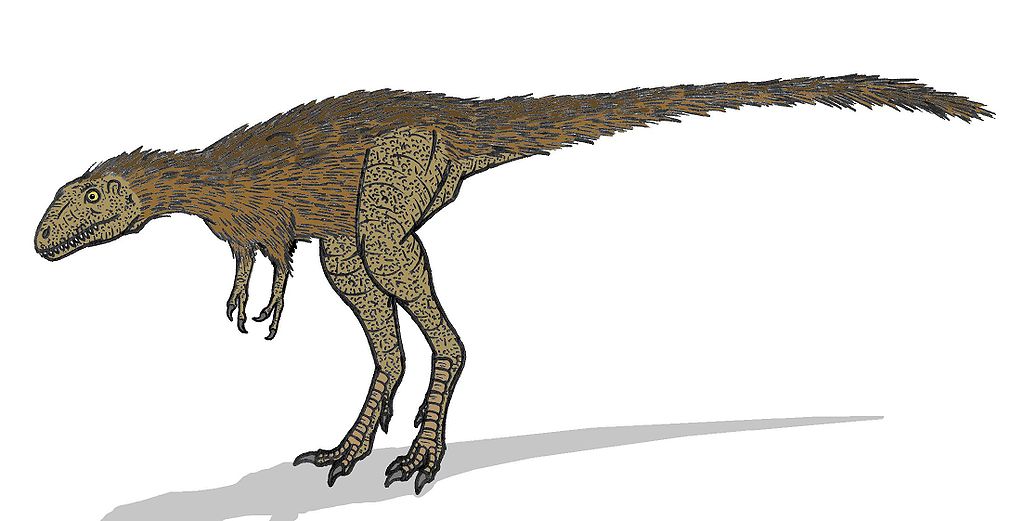
Interestingly, bone consumption patterns appear to have varied throughout a dinosaur’s life cycle, with different behaviors observed in juveniles versus adults. Young tyrannosaurs, for instance, had more blade-like teeth than adults, suggesting they may have focused more on slicing meat than crushing bones during their early years. This dietary shift makes evolutionary sense, as juveniles lacked the jaw strength and body mass needed to effectively process larger bones. Some paleontologists theorize that juvenile dinosaurs of bone-eating species might have targeted smaller prey with more manageable bones, gradually transitioning to larger prey as they matured. The presence of differently aged individuals with varying feeding abilities may have reduced competition within species by allowing family groups to utilize different parts of the same carcass.
Controversial Cases: Cannibalism Among Dinosaurs

Perhaps the most intriguing aspect of dinosaur bone consumption involves evidence of cannibalism, where dinosaurs consumed members of their own species. Several fossil sites have yielded tyrannosaur bones bearing tooth marks that match the dentition of other tyrannosaurs, strongly suggesting cannibalistic behavior. The famous “Scotty” T. rex specimen from Saskatchewan shows injuries consistent with being bitten by another T. rex, potentially during a feeding event. Whether this represents active predation or scavenging of already-dead individuals remains debated among paleontologists. Environmental stress factors such as drought or food scarcity may have driven such behavior in certain populations. Some researchers propose that cannibalism might have been more common among certain dinosaur species than previously thought, challenging our understanding of dinosaur social structures.
Scavenging Versus Active Predation

Determining whether bone consumption resulted from active hunting or scavenging represents one of the ongoing challenges in understanding dinosaur feeding behavior. Tooth marks on prey bones can indicate feeding but don’t necessarily reveal whether the animal was killed by the same dinosaur that consumed it. Certain patterns of bone damage and distribution at fossil sites can provide clues about whether a carcass was hunted or scavenged. Most large predatory dinosaurs likely employed both strategies—hunting when possible but opportunistically scavenging when carcasses were available. The ability to process bones would have been particularly advantageous for scavenging dinosaurs, allowing them to extract nutrition from carcasses that other predators had abandoned. Recent research suggests that even apex predators like T. rex likely engaged in both hunting and scavenging, depending on circumstances.
Technological Advances in Studying Ancient Feeding Behaviors
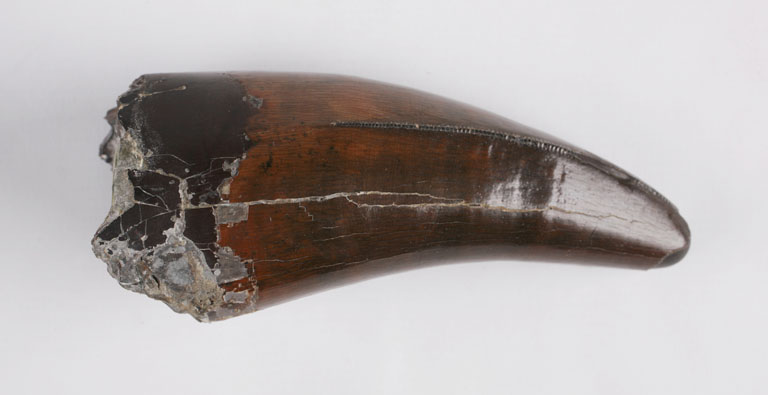
Modern technological innovations have revolutionized our understanding of dinosaur bone consumption through increasingly sophisticated analytical methods. Biomechanical modeling using computer simulations can now estimate bite forces and jaw mechanics with remarkable precision, helping scientists understand which dinosaurs could physically process bones. Microscopic analysis of tooth wear patterns reveals distinctive signatures associated with bone contact, providing direct evidence of feeding behaviors. Chemical analysis of fossilized bones can detect traces of digestive enzymes, confirming passage through a predator’s digestive tract. Advanced CT scanning technologies allow researchers to examine bite marks and bone damage in three dimensions without damaging precious specimens. These technological advances continue to refine our understanding of which dinosaurs ate bones and exactly how they processed this challenging food source.
Ecological Significance of Bone Consumption

Beyond individual feeding behaviors, bone consumption played an important role in Mesozoic ecosystems by affecting nutrient cycling and resource availability. Bone-consuming dinosaurs accelerated the breakdown of carcasses, returning minerals to the ecosystem more quickly than would occur through natural decomposition alone. This recycling of calcium and phosphorus may have been particularly significant in environments where these minerals were limited. By completely consuming carcasses, bone-eating dinosaurs reduced resources available to scavengers, potentially influencing population dynamics throughout the food web. In modern ecosystems, bone-consuming species like hyenas serve as important ecosystem engineers, and dinosaurs likely played similar roles in their ancient environments. Understanding these trophic relationships helps paleontologists reconstruct the complex functioning of prehistoric ecosystems with greater accuracy.
Future Research Directions

The study of dinosaur bone consumption continues to evolve, with several promising research avenues that may yield new insights in coming years. Isotopic analysis of dinosaur teeth and bones can potentially reveal more precise information about dietary preferences, including the proportion of bone in a dinosaur’s diet. Comparative studies with modern reptiles are helping scientists better understand digestive physiology and how prehistoric reptiles might have processed bone material. Advanced 3D modeling techniques are being applied to reconstruct dinosaur jaw musculature with unprecedented accuracy, providing better estimates of bite force and feeding capabilities. Ongoing fossil discoveries, particularly from less-explored regions of the world, continue to provide new specimens that may show evidence of bone consumption. As research techniques advance, our understanding of this fascinating aspect of dinosaur behavior will undoubtedly continue to expand and evolve.
The evidence clearly indicates that some dinosaurs did indeed consume the bones of other dinosaurs, employing various strategies from complete bone-crushing to selective consumption of nutrient-rich elements. This behavior wasn’t limited to a few species but appears across several dinosaur lineages, with different approaches evolving to exploit this nutritional resource. Bone consumption provided important nutritional benefits, particularly access to calcium, phosphorus, and energy-rich marrow that weren’t available from meat alone. Through technological advances and continued fossil discoveries, paleontologists are piecing together an increasingly detailed picture of these feeding behaviors, revealing the complex ecological relationships that shaped dinosaur evolution. Far from being simple predators, bone-consuming dinosaurs displayed sophisticated feeding adaptations that allowed them to maximize resource utilization in their prehistoric environments, demonstrating yet again the remarkable diversity of adaptations that characterized these fascinating creatures.

